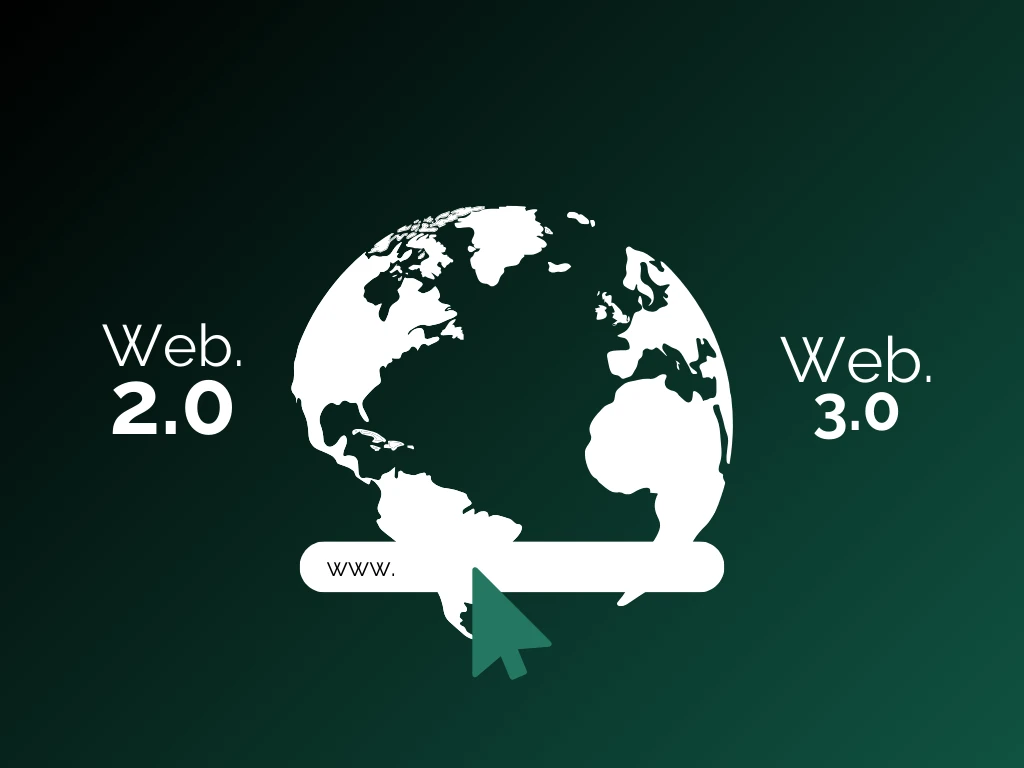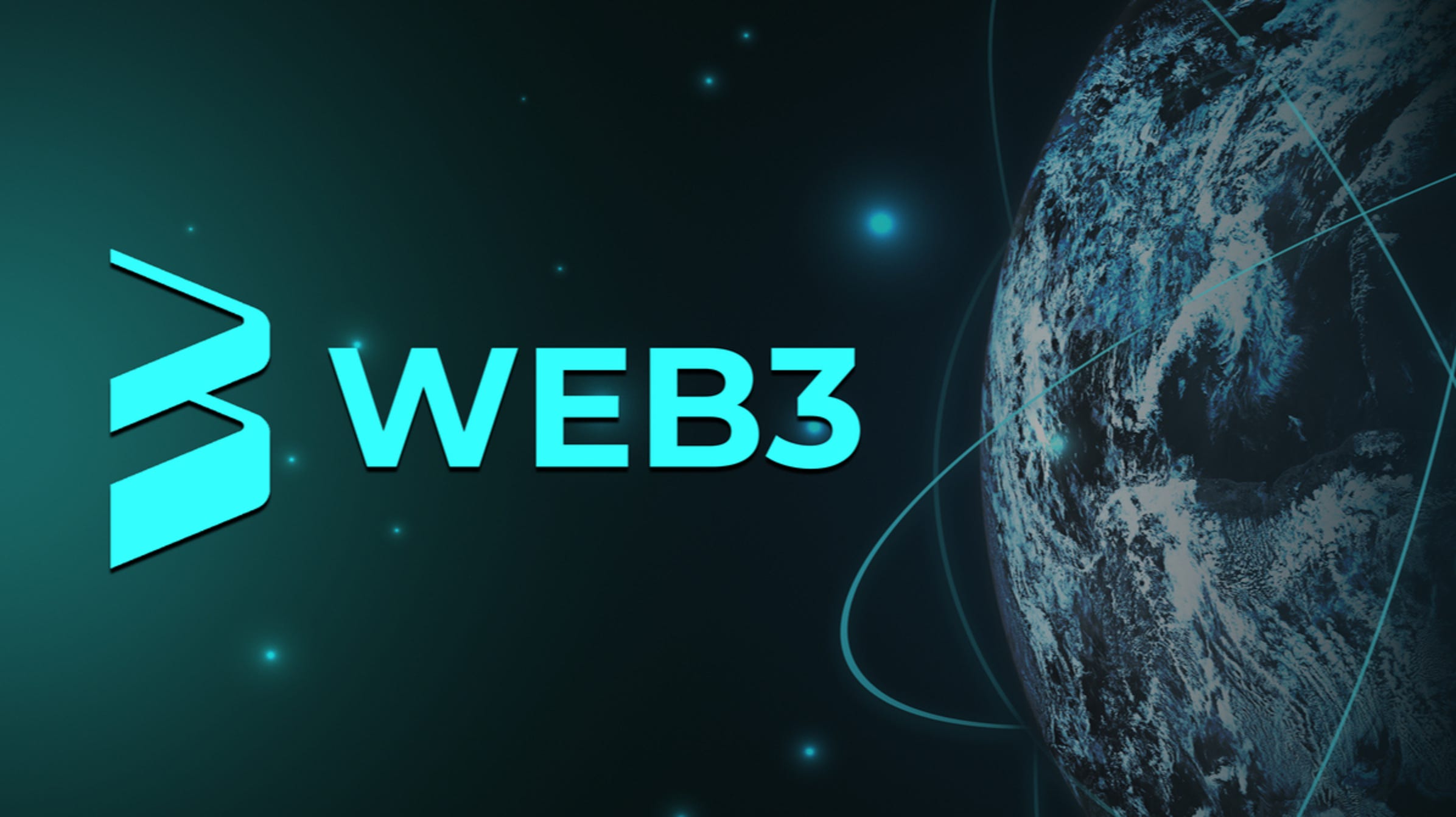If you’ve been scrolling through Twitter lately, you’ve probably seen “Web3” thrown around like confetti at a New Year’s party. But what does it actually mean? And how is it different from the internet we’ve been using for the past two decades?
Let’s break it down without the jargon overload.
First, Let’s Talk About Web2 (The Internet You Know and Love)
Web2 is basically the internet as we know it today. Think Facebook, Instagram, YouTube, Netflix, and pretty much every app on your phone. It’s the era of user-generated content, social media, and interactive websites that started taking off in the early 2000s.
Here’s what makes Web2 tick:
Centralized control: A handful of big tech companies (Google, Facebook, Amazon, Apple) control most of what we do online. They own the servers, make the rules, and can change things whenever they want.
You’re the product: Ever wonder why Facebook is free? Because your data is the real goldmine. These platforms collect everything about you and sell that information to advertisers.
Walled gardens: Try moving your Instagram photos to TikTok. Good luck with that. Each platform keeps your data locked in, making it hard to switch or use multiple services together.
Enter Web3: The New Kid on the Block
Web3 is like Web2’s rebellious younger sibling who read too many philosophy books and decided to overthrow the system. It’s built on blockchain technology and promises to give power back to users.
The core idea? Instead of big corporations controlling everything, Web3 runs on decentralized networks where users have more control over their data, identity, and digital assets.
Real Examples: Web2 vs Web3 in Action
Social Media: Twitter vs Mastodon/Lens Protocol
Web2 (Twitter): You create an account, tweet your thoughts, and build followers. But Twitter owns your account, your tweets, and your follower list. If they decide to ban you or change their algorithm, tough luck. Remember when Twitter locked the New York Post’s account over a news story? That’s centralized control in action.
Web3 (Mastodon/Lens Protocol): These are decentralized social networks where your identity and content aren’t controlled by one company. With Lens Protocol, you actually own your social graph – meaning your followers and connections belong to you, not the platform. If you don’t like one app, you can take your entire social presence to another one.
Content Creation: YouTube vs Audius/Mirror
Web2 (YouTube): You upload videos, YouTube shows ads, and you get a cut of the revenue. But YouTube decides what content gets promoted, can demonetize creators without warning, and takes a hefty 45% cut of ad revenue.
Web3 (Audius for music, Mirror for writing): Creators can publish directly to the blockchain, set their own monetization rules, and keep a bigger share of profits. On Audius, musicians can earn tokens directly from fans. On Mirror, writers can sell their articles as NFTs or set up subscription models without a middleman taking a cut.
Finance: Traditional Banks vs DeFi
Web2 (Traditional banking): Want to send money internationally? Pay $25 in fees and wait 3-5 business days. Want to earn interest on your savings? Good luck finding anything above 0.5% APY.
Web3 (DeFi platforms like Uniswap, Aave): You can lend money, borrow against your crypto, or trade assets 24/7 without needing a bank’s permission. Some DeFi protocols offer 5-10% annual yields on stablecoins (though with higher risk).
Gaming: Fortnite vs Axie Infinity/The Sandbox
Web2 (Fortnite): You spend $20 on a cool skin, but you can’t sell it or use it in other games. Epic Games owns everything, and if they shut down the servers, your digital items disappear forever.
Web3 (Axie Infinity, The Sandbox): Players truly own their in-game assets as NFTs. You can trade your rare sword on OpenSea, use it across compatible games, or even earn money by playing. Some Axie Infinity players in the Philippines were making more than their day jobs during the game’s peak.
Digital Identity: Google Sign-In vs ENS/Unstoppable Domains
Web2 (Google Sign-In): You use your Gmail account to log into dozens of services. Convenient, but Google knows everywhere you go online and can cut off your access if they want.
Web3 (ENS domains, crypto wallets): You can own a blockchain-based identity like “yourname.eth” that works across all Web3 services. No company can take it away, and you control what information to share with each app.
The Good, The Bad, and The Confusing
What Web3 Gets Right
True ownership: Your digital assets, identity, and data actually belong to you. No more worrying about platforms shutting down or changing their terms of service.
Global accessibility: Anyone with internet access can participate. No need for traditional banking or government approval.
Transparency: All transactions are recorded on public blockchains, making it harder for companies to hide shady practices.
What Web3 Still Struggles With
User experience: Let’s be honest – using Web3 apps often feels like solving a puzzle. Managing private keys, understanding gas fees, and navigating different wallets isn’t exactly user-friendly.
Environmental concerns: Many blockchains use massive amounts of energy, though newer ones like Ethereum 2.0 and Solana are much more efficient.
Speculation and scams: The space is filled with get-rich-quick schemes and projects that overpromise and underdeliver.
Scalability: Most blockchains can only handle a fraction of the transactions that traditional systems process.
So, Which One Wins?
Here’s the thing – we’re probably not going to see a complete flip from Web2 to Web3 overnight. Instead, we’ll likely see a hybrid approach where the best parts of both worlds combine.
Imagine using Instagram’s polished interface but actually owning your photos and follower relationships. Or playing games that are as smooth as Call of Duty but let you truly own and trade your achievements.
The future internet will probably be more decentralized than today’s web but more user-friendly than current Web3 applications.
The Bottom Line
Web3 isn’t just about cryptocurrency and NFTs (though those get most of the headlines). It’s about reimagining how the internet works – who controls it, who benefits from it, and how we interact with digital services.
Whether Web3 lives up to its promises remains to be seen. But one thing’s for sure: the conversation about digital ownership, privacy, and control isn’t going away anytime soon.
The next few years will be crucial in determining whether Web3 becomes the foundation of a new internet or just another tech buzzword that fades away. Either way, it’s worth understanding – because the future of the internet affects all of us.
What do you think? Are you excited about Web3’s potential, or do you think Web2 works just fine? Let me know in the comments below.

With over 6 years of experience in the blogging world, I specialize in crafting engaging, informative, and SEO-optimized content across various niches including tech, digital trends, and online monetization. I thrive on staying ahead of industry trends, experimenting with new content strategies, and helping others grow their digital presence.



